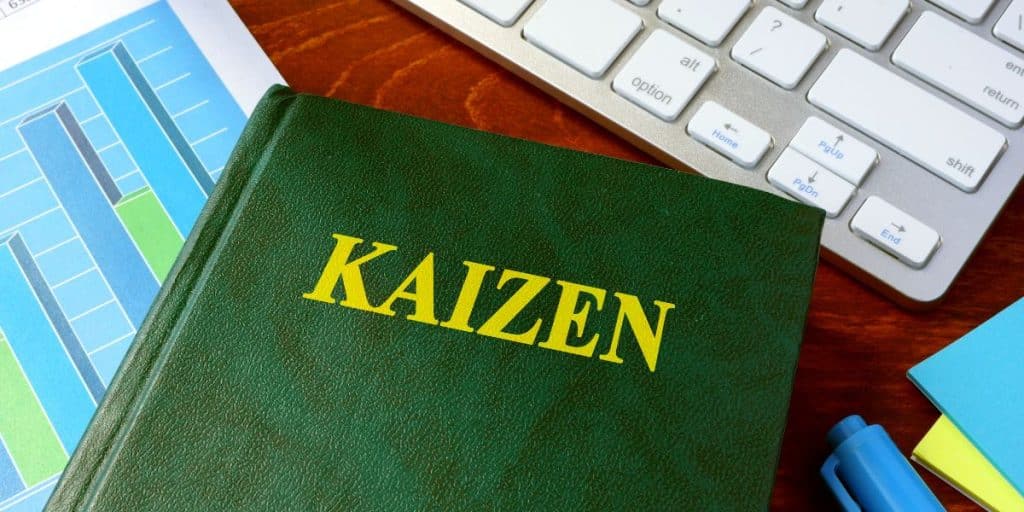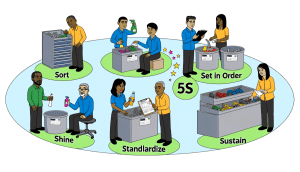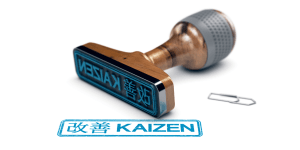What is Kaizen?
Kaizen is a Japanese term meaning “change for the better” or “continuous improvement.” It’s a business philosophy that focuses on consistently applying small, incremental changes that cumulatively lead to significant improvements. In practice, it involves every employee—from executives to assembly line workers—identifying and working together to overcome inefficiencies in processes.
How does Kaizen differ from other improvement methodologies?
Unlike one-time, large-scale improvements, Kaizen emphasizes small, frequent changes over time. While methodologies like Six Sigma and Lean focus on reducing waste and optimizing efficiency through statistical methods and structured processes, Kaizen involves all employees in continual change and often requires less formalized techniques.
What are the core principles of Kaizen?
Kaizen is built on several core principles:
- Good processes bring good results: Streamline operations to improve quality and efficiency.
- Go see for yourself to understand the situation (Genchi Genbutsu): Direct observation in real-world conditions is crucial for effective problem-solving.
- Speak with data, manage by facts: Data-driven decision-making helps ensure objectivity.
- Take action to contain and correct root causes of problems: Addressing the root causes prevents the recurrence of the same issues.
- Work as a team: Collaboration is key to developing solutions and implementing changes effectively.
What types of companies or industries can benefit from Kaizen?
Kaizen is versatile and can be applied in any organization or industry that aims for continual improvement. It’s commonly utilized in manufacturing, healthcare, education, government, and technology. The universal appeal lies in its adaptability and emphasis on collective employee involvement.
Can Kaizen be applied to small businesses or startups?
Absolutely. Kaizen’s flexible, incremental nature makes it particularly suited for small businesses and startups where resources might be more limited and the capacity for large-scale changes might not be feasible. Small, consistent improvements can lead to significant enhancements in processes, products, and customer satisfaction without overwhelming limited resources.
What are common challenges when implementing Kaizen?
Some common challenges include:
- Resistance to change: Employees might be skeptical or fearful of new processes.
- Lack of commitment from leadership: Continuous improvement requires endorsement and active participation from all levels of leadership.
- Insufficient training and communication: Effective implementation of Kaizen requires clear communication and comprehensive training for all employees.
- Sustaining improvement: Initial enthusiasm may wane without ongoing support and recognition of efforts.
How do you measure the success of a Kaizen initiative?
Success can be measured through various metrics depending on the specific goals of the Kaizen initiative. Common metrics include reduction in waste, improvement in production output, lower costs, improved safety records, higher customer satisfaction scores, and increased profitability. Continuous monitoring and reporting of these outcomes help maintain momentum and ensure the initiative is achieving its intended goals.
Related links:









